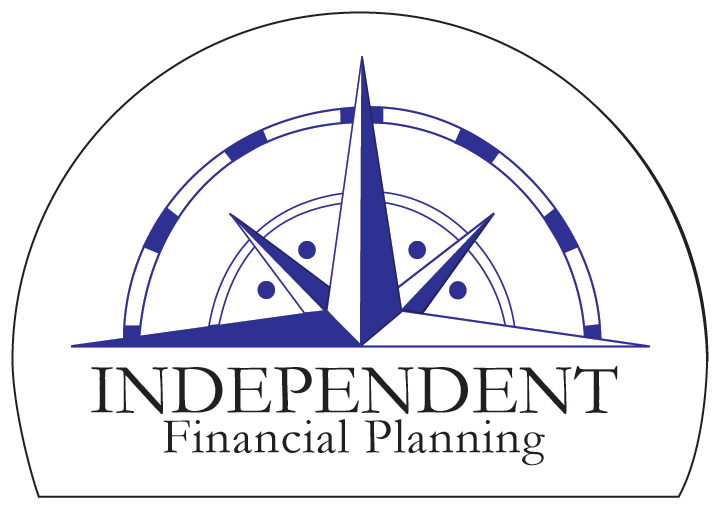Have you gone to work antsy because you haven’t exercised in a while? Perhaps you planned to visit the gym before work, but time got away from you. Then at work, there’s 10% of your brain that’s thinking “I need to go to the gym”. You don’t concentrate, and you don’t maximize your day. The thought of needing to exercise ruins your productivity and the joy you could have at work. It’s a sense of distraction and a sense that you aren’t accomplishing what you know you could accomplish.
I bring up this feeling because it’s what many people in their 20s and 30s feel when it comes to saving/investing for retirement. I think most people in their 20s and 30s know that early investing is the most important thing they can do for their retirement funds. But when they don’t save intentionally, spending money creates a twinge of guilt that reverberates. “I need to save,” they think, “Why did I buy this?” This feeling takes away from the joy of living in the moment and enjoying what you just bought. It’s not just important to save early for investment reasons, but for the stability it brings to our psychological lives as well.
To be clear, this blog post isn’t about the math of saving/investing early (but you should) nor is it about the amount saved (but 10%-25% of income is a good ballpark to be in). It’s about the importance of CONSISTENT saving for the purpose of investing for retirement. There are 6 reasons why consistent investing is just as important (if not more important) than the actual amount saved. Only one reason is mathematical. The rest are psychological.












